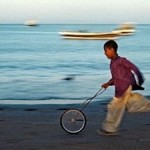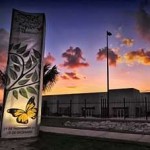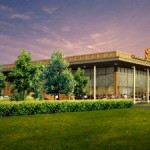
Biosphere reserves are sites that are proposed by local and national authorities, in cooperation with local communities, where new practices for reconciling human activities and nature are tested. In this way, biosphere reserves are laboratories for sustainable development, according to UNESCO.
In total, 25 new proposals and applications for extension were scheduled to be examined for addition to the list of biosphere reserves during the five-day meeting of the International Coordinating Council of the Man and the Biosphere (MAB), a programme of the UN Educational, Scientific and Cultural Organization (UNESCO). But Sweden and the United Kingdom withdrew their proposals for the inclusion of Lake Trone and Taynish, respectively, because they had not met the required criteria. The proposed additions to the MAB network came from 20 countries.
For the first time, biosphere reserves in Ethiopia and Zimbabwe have joined the United Nations network that was created in an attempt to halt the loss of biodiversity and promote sustainable development.

Kafa, an Ethiopian highland region which contains 50 per cent of the country’s remaining Afromontane evergreen forest ecosystems and origin of the rare Coffee Arabic, was added to the network, as was Yayu, in the country’s southwest. It is considered one of the world’s 34 vital yet threatened areas for biodiversity conservation and known for undisturbed natural forests and semi-forest systems which produce coffee, spices, honey and wood, while providing important ecosystem services such as watershed production in the Nile.
Also joining the network is the Zambezi valley in Zimbabwe, which contains riverine and terrestrial ecosystems unique to the subcontinent, including the Mana Pools National Park, already a UNESCO World Heritage Site.
A dozen other sites were added in Iran, Mexico, Nicaragua, Peru, Poland, Democratic People’s Republic of Korea (DPRK), Slovenia and Sweden, while five sites were extended in Chile, Costa Rica, Finland, Germany and Switzerland.
The MAB World Network of Biosphere Reserves (WNBR) now numbers more than 550 sites in 109 countries. It includes sites as varied as Tonle Sap Lake in Cambodia, the largest freshwater lake in Asia; the Mare aux Hippopotames (Hippopotamus Lake) in Burkina Faso; the Pantanal wetland region in Brazil and Fuerteventura Island in the Canaries Archipelago in Spain.
This year’s meeting coincides with the International Year of Biodiversity designated by the General Assembly to promote the protection of the planet’s species and habitats. Biodiversity will be discussed in a special thematic session at the annual high-level debate in September in New York.














